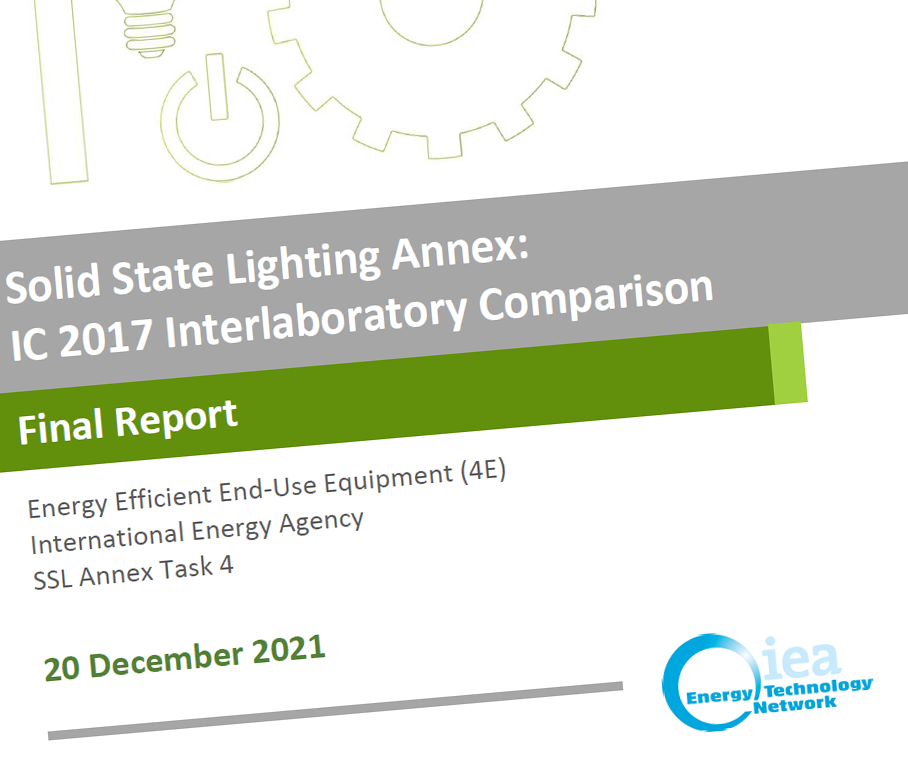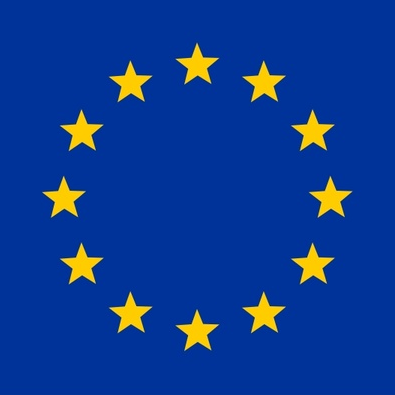We are thrilled to share the results of the world’s largest interlaboratory goniometer comparison – the so-called IC2017. The Technical University of Denmark participated with a Viso system. The results very much feel like a Christmas present to Viso and other producers of source-rotating goniometers. Thus, citing directly from the conclusions:
The source-rotating type goniophotometers did not show any issues in their results (…). In fact, on average, source-rotating type showed better results for beam angle, colour uniformity, and uplight flux (stray light) than mirror type goniophotometers
IEA Energy Technology Network: Solid State Lighting Annex, IC 2017 Interlaboratory Comparison, Final Report, Energy Efficient End-Use Equipment (4E), International Energy Agency, SSL Annex Task 4, 20 December 2021
The full report is free to download from here:https://www.iea-4e.org/wp-content/uploads/2021/12/SSL-Annex-IC-2017-Goniophotometers-Final-Report-2021.12.20.pdf
The largest interlaboratory goniometer comparison ever
The International Energy Agency’s Energy Efficient End-use Equipment (IEA 4E) Solid State Lighting Annex (SSL Annex) was in charge of an Interlaboratory Comparison 2017 (IC 2017). The topic was the measurement of SSL products using goniophotometers. Overall, an impressive number of laboratories participated (36 from 19 countries). With a total of 42 goniophotometric instruments this is the largest interlaboratory comparison of goniophotometers ever undertaken. The purpose was to investigate the level of agreement in measurements of LED products by various types of goniophotometers and goniospectrometers including
- Near-field goniometers
- Mirror-type goniometers
- Source-rotating type goniometers (like Viso systems)
The investigation was conducted as a start-type round-robin. Four LED product samples were shipped back and forth between the participating laboratories and a set of reference laboratories (NIST + 2 so-called nucleus labs in France and Korea).
What was measured?
IC 2017 compared measurements of 16 quantities, i.e., eight general light source quantities:
- total luminous flux
- luminous efficacy
- RMS current, active power and power factor
- chromaticity u’, v’,
- correlated colour temperature
- colour rendering index Ra)
and eight goniophotometric quantities (besides luminous intensity distribution):
- centre beam intensity
- beam angle
- partial luminous flux (15° cone) of a beam lamp
- three partial fluxes of a street lighting luminaire
- and angular colour uniformity)
The comparison artifacts were
- A narrow beam LED lamp with ≈ 12° beam angle
- A 60 cm x 60 cm indoor planar LED luminaire
- A 60 cm long linear batten LED luminaire including small upward light emission, and
- A street lighting LED luminaire having asymmetric intensity distributions, with a low power factor of ≈ 0.7.
Important results from the goniometer comparison
- Total Luminous Flux: Participants’ results were mostly within ± 5 % from the reference value. This was an expected result.
- RMS Current: The results showed much larger variations than expected
- Colour Quantities: The results of chromaticity coordinates u’, v’ were in good agreement, mostly within ± 0.002 from the reference value
There were larger variations than expected in the results for goniophotometric quantities (centre beam intensity, beam angle, partial luminous flux, color uniformity) and some specific problems were observed.
Calling for updates to CIE S 025
Some of the results and especially some misinterpretations of measurement fundamentals and terminology indicate a need for clarification. Hence, laboratory owners should expect more guidance in CIE S 025 or other relevant standards for goniophotometric measurements of SSL products including the following:
- Reporting of light intensity distribution results with correct C-angle rotation
- How to calculate centre beam intensity and beam angle of a directional lamp
- How to mount and accurately align a narrow-beam lamp to the goniophotometer
- Practical uncertainty evaluation for goniophotometric quantities as well as other quantities
- Development of acceptance criteria for near-field goniophotometers to demonstrate equivalence to a far-field goniophotometer, and
- Development of acceptance criteria for source-rotating type goniophotometers. This is the type with required correction for operating position.
A happy day for Viso Systems
This comparison also verified that the near-field goniophotometers and source-rotating type goniophotometers (as Viso’s) that participated in this IC had overall equivalent accuracies to (far-field) mirror-type goniophotometers for the types of light sources used in this IC. All though brand-specific details have been anonymized in the report, we have been informed that Viso’s specific results are excellent.
Read more about Viso LabSpion that was a part of the IC2017 here


